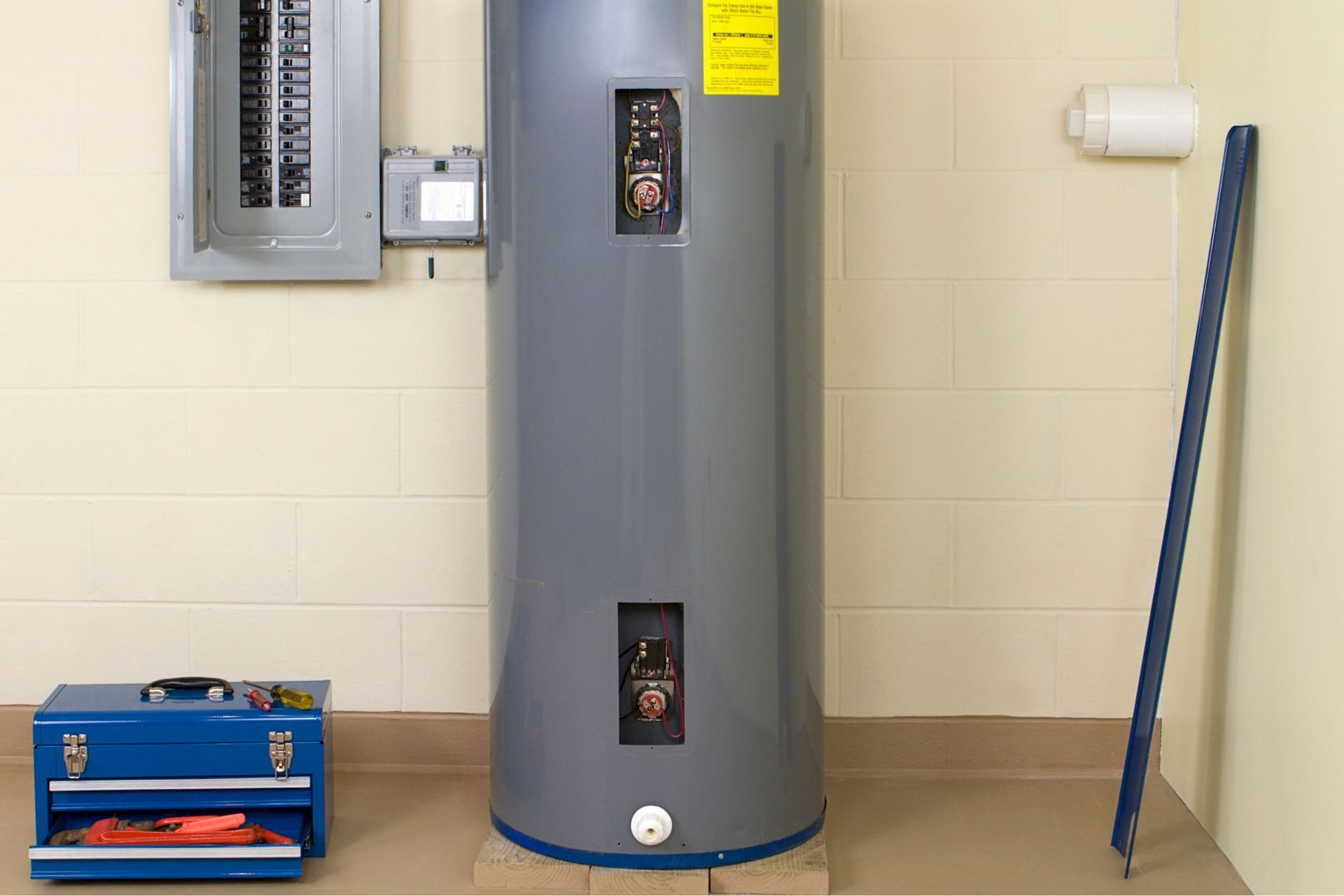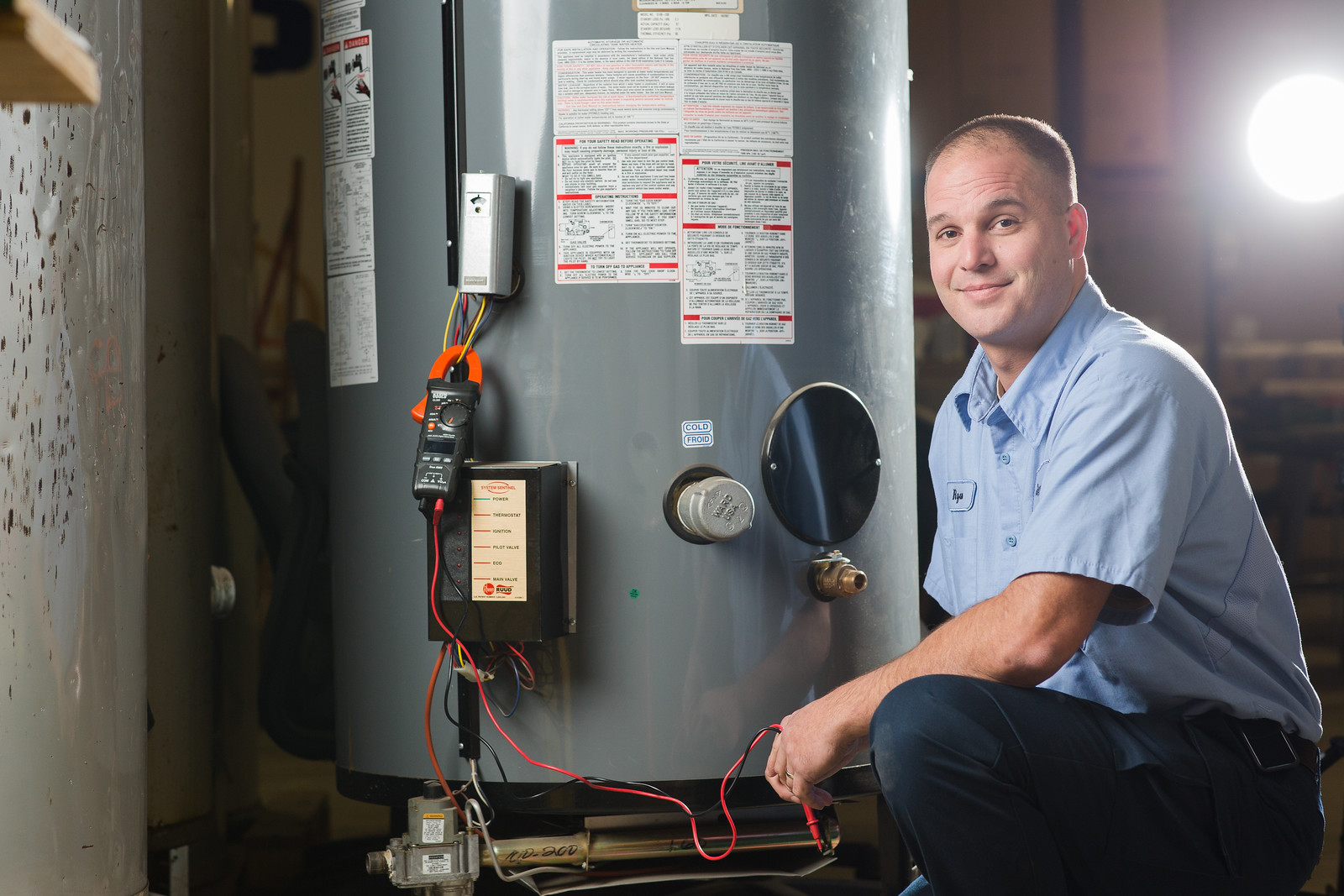Expert Advice on Maintaining Your Home's Hot Water System
Expert Advice on Maintaining Your Home's Hot Water System
Blog Article
This great article listed below pertaining to What Kind of Maintenance Do Water Heaters Need? is incredibly enjoyable. You should give it a look.

Warm water is crucial for day-to-day convenience, whether it's for a refreshing shower or cleaning meals. To ensure your warm water system runs efficiently and lasts longer, routine maintenance is vital. This post offers sensible tips and insights on just how to maintain your home's warm water system to stay clear of interruptions and costly repairs.
Intro
Preserving your home's warm water system may seem daunting, however with a few straightforward actions, you can guarantee it runs efficiently for several years to come. This overview covers whatever from understanding your hot water system to do it yourself maintenance ideas and knowing when to employ expert aid.
Relevance of Maintaining Your Warm Water System
Routine upkeep not only expands the lifespan of your warm water system however likewise ensures it runs successfully. Neglecting upkeep can lead to lowered efficiency, greater power bills, and even early failing of the system.
Signs Your Hot Water System Requirements Upkeep
Knowing when your warm water system needs focus can avoid significant issues. Keep an eye out for indications such as irregular water temperature, weird sounds from the heating system, or rustic water.
Understanding Your Hot Water System
Prior to diving right into maintenance tasks, it's handy to comprehend the basic parts of your warm water system. Generally, this consists of the hot water heater itself, pipelines, anode rods, and temperature controls.
Regular Monthly Maintenance Tasks
Regular monthly checks can assist capture small concerns prior to they intensify.
Purging the Hot Water Heater
Flushing your hot water heater gets rid of debris build-up, improving performance and lengthening its life.
Monitoring and Changing Anode Rods
Anode poles prevent corrosion inside the tank. Checking and changing them when broken is critical.
Inspecting and Adjusting Temperature Setups
Adjusting the temperature settings ensures optimal performance and safety.
Do It Yourself Tips for Upkeep
You can execute several maintenance jobs on your own to maintain your warm water system in top problem.
Checking for Leakages
Consistently evaluate pipelines and connections for leaks, as these can result in water damage and higher costs.
Examining Stress Alleviation Valves
Evaluating the pressure relief valve guarantees it operates appropriately and stops extreme pressure buildup.
Shielding Pipelines
Protecting hot water pipes lowers warmth loss and can save energy.
When to Call a Specialist
While do it yourself upkeep is helpful, some problems require specialist experience.
Complicated Issues Calling For Specialist Assistance
Examples consist of major leakages, electric problems, or if your hot water heater is continually underperforming.
Regular Professional Upkeep Advantages
Professional upkeep can include thorough inspections, tune-ups, and making sure compliance with safety and security requirements.
Conclusion
Normal maintenance of your home's warm water system is necessary for efficiency, long life, and cost financial savings. By following these pointers and understanding when to seek specialist aid, you can make certain a trustworthy supply of hot water without unanticipated interruptions.
How to Maintain an Instant Hot Water Heater
Before tinkering with your hot water heater, make sure that it’s not powered on. You also have to turn off the main circuit breaker and shut off the main gas line to prevent accidents. Also turn off the water valves connected to your unit to prevent water from flowing into and out of the appliance. 2. When you’re done, you have to detach the purge valves’ caps. These look like the letter “T†and are situated on either side of the water valves. Doing so will release any pressure that has accumulated inside the valves while at the same time avoid hot water from shooting out and burning your skin. 3. When the purge valves’ caps are removed, you have to connect your hosing lines to the valves. Your unit should have come with three hoses but if it didn’t, you can purchase these things from any hardware or home repair shops. You can also get them from retail stores that sell water heating systems. Read the user’s manual and follow it to complete this task properly. When the hosing lines are connected, open the purge port’s valves. 4. You should never use harsh chemical cleaners or solutions when cleaning your unit. Make use of white vinegar instead. It should be undiluted and you’ll probably use about 2 gallons. 5. Now flush your water heater. This task should probably take about 40 minutes. We can’t give you specific directions for this because the procedure is carried out depending on the type, model and brand of your heater. With that being said, refer to the user’s manual. 6. When you’re done draining the unit, you have to turn off the purge port valves again. Remove the hosing lines that you earlier installed on each of the water valves. Put the valve caps (purge port) back in their respective places and be very careful so as not to damage the rubber discs that are found inside these caps. 7. Now that everything’s back in place, check your user’s manual again to find out how to reactivate your water heating system. 8. Once it is working, turn one of your hot water faucets on just to let air pass through the heater’s water supply pipes. Leave the tap on until water flows smoothly out of it. https://www.orrplumbing.com/blog/2014/september/how-to-maintain-an-instant-hot-water-heater/

As a keen person who reads about Water Heater Maintenance Tips You Can't Afford to Forget, I think sharing that piece of content was really useful. I beg you take the time to promote this entry if you enjoyed it. Thanks for being here. Come back soon.
Click Here Report this page